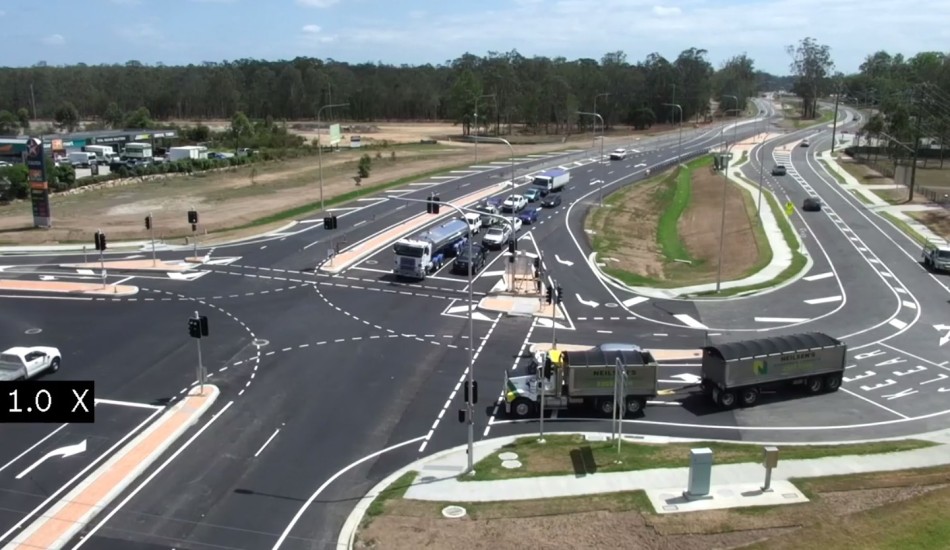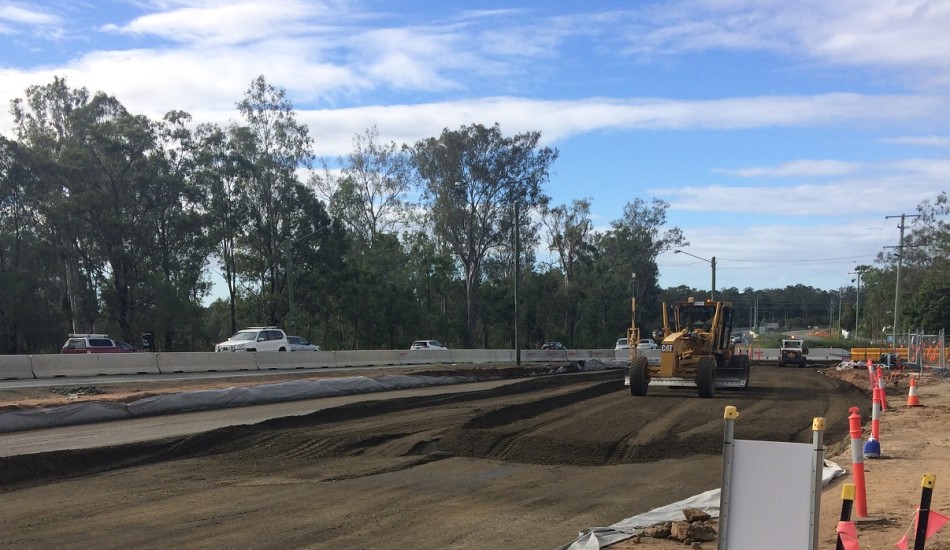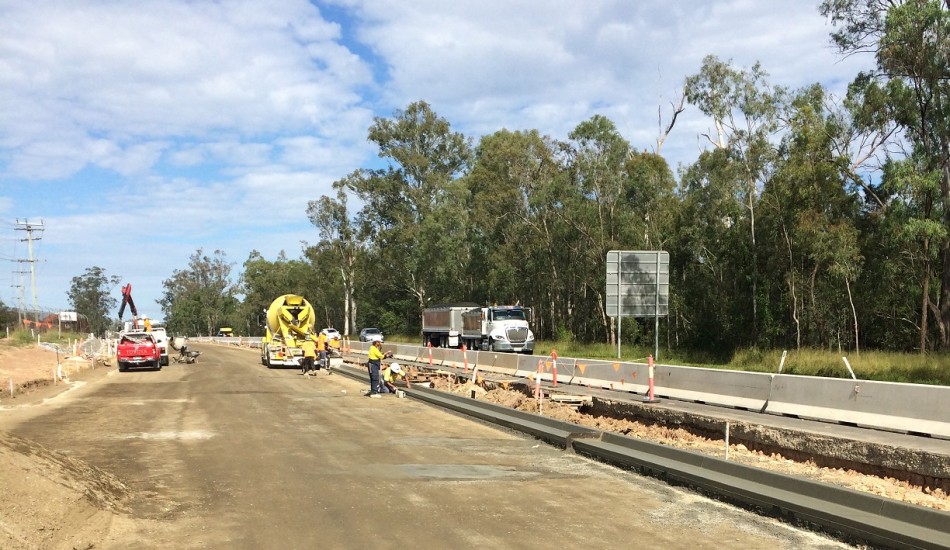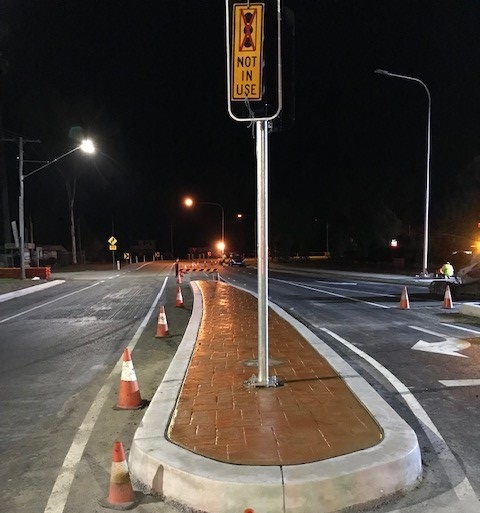



[PROJECTS]
The North Maclean Safety Improvements project is part of the 2018 10-year upgrade plan for the Mount Lindesay Highway which services over 40,000 traffic movements per day between Brisbane and Beaudesert.
The upgrade includes a new 1.2km service road that links the Chambers Flat Road interchange with a newly signalised junction at Greenbank Road.
The safety enhancements upgrades include the development of designated turning lanes, the installation of traffic signals and street lighting, the elimination of potential hazards, and the installation of safety barriers. These upgrades include:
This project was completed in compliance with the Department of Transport and Main Roads’ Standards, with a dedicated Department team integrated into the project.
This project marks one of SEE Civil’s first upgrade projects along the Mount Lindesay Highway corridor, aimed at enhancing safety for road users.
The project scope includes:
The project presented unique challenges, including:
Significant, proactive, and collaborative management of Red Imported Fire Ants occurred with Biosecurity Queensland, resulting in a letter of endorsement being received from the managing Biosecurity Officer.
The project was located within Fire Ant Biosecurity Zone 1 and shared a border with Fire Ant Zone 2. It was important that any movements from the site were compliant with the legislation and regulations surrounding the management of Fire Ants in Queensland.
The project team identified early that the location of the site presented risks associated with earth fill and spoil material that had to be removed from the project and either disposed of or reused elsewhere.
With limited commercially viable options within project work areas, SEE Civil engaged Biosecurity Queensland to develop a solution that would enable the movement of fill into other work zones using a non-standard approach to risk mitigation.
The team worked closely to identify, develop, and implement an appropriate strategy. Several meetings took place to propose solutions to the movement of spoil which included activities aimed at mitigating risk.
These included the use of specialist Fire Ant odour detection dogs at the source site and treatment with a chemical toxicant at the destination site, to minimise the risk of spread. This was the first time that such an approach had been considered and implemented. A permit was granted which enabled project milestones to be met.

WE PRIDE OURSELVES ON THE KNOWLEDGE, SKILLS AND EXPERIENCE OF OUR PEOPLE.
SEE Group builds teams and workplaces where everyone can be their best.
